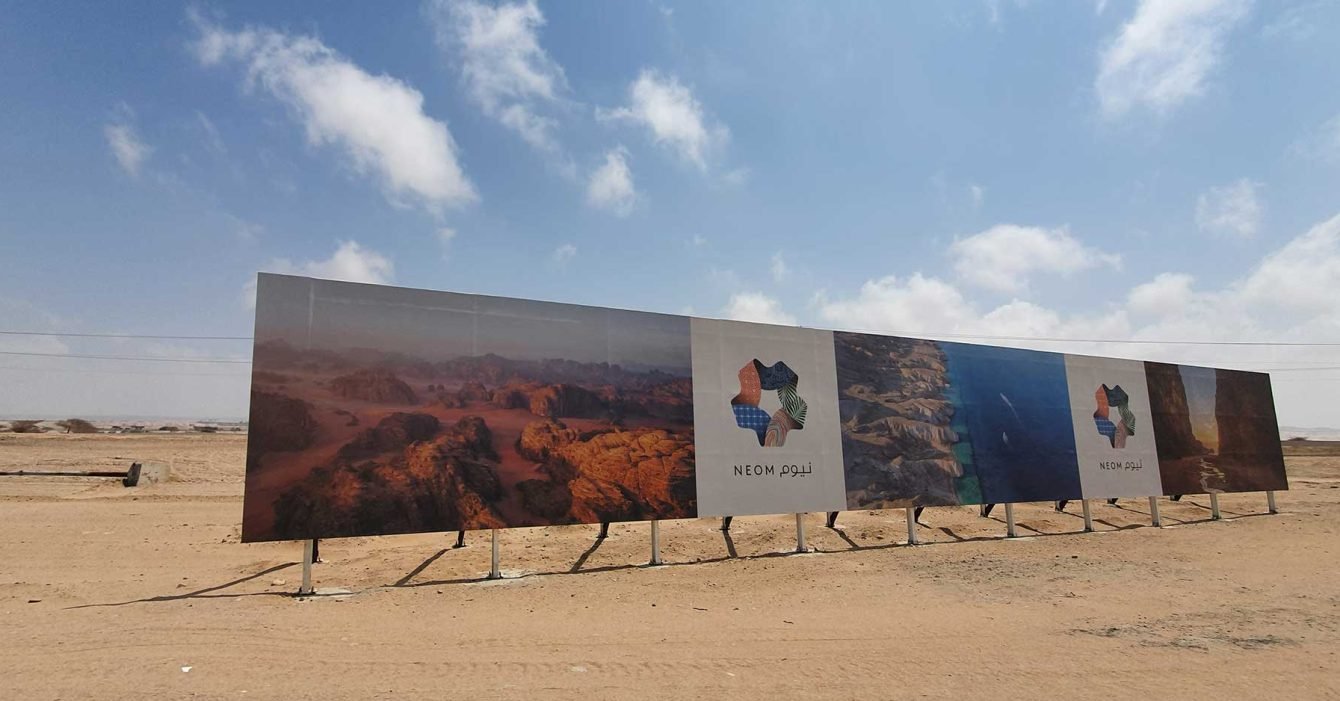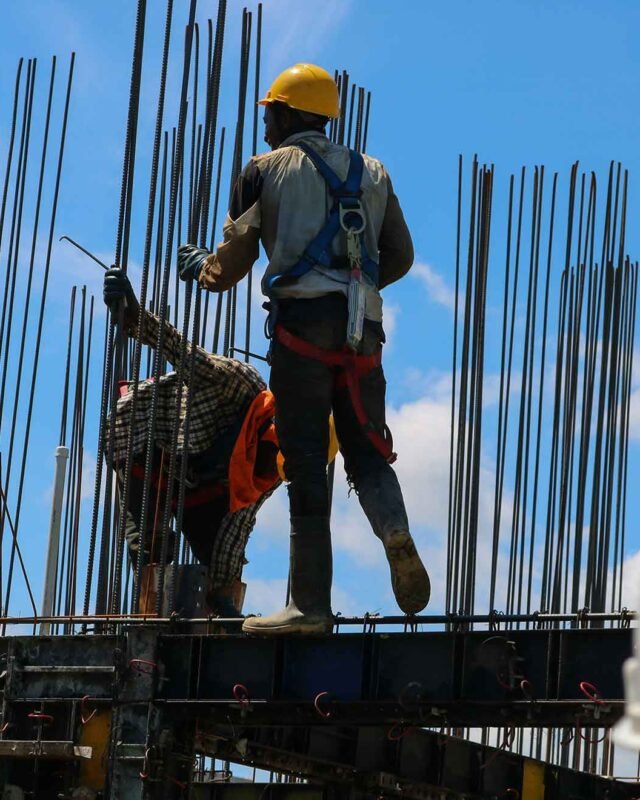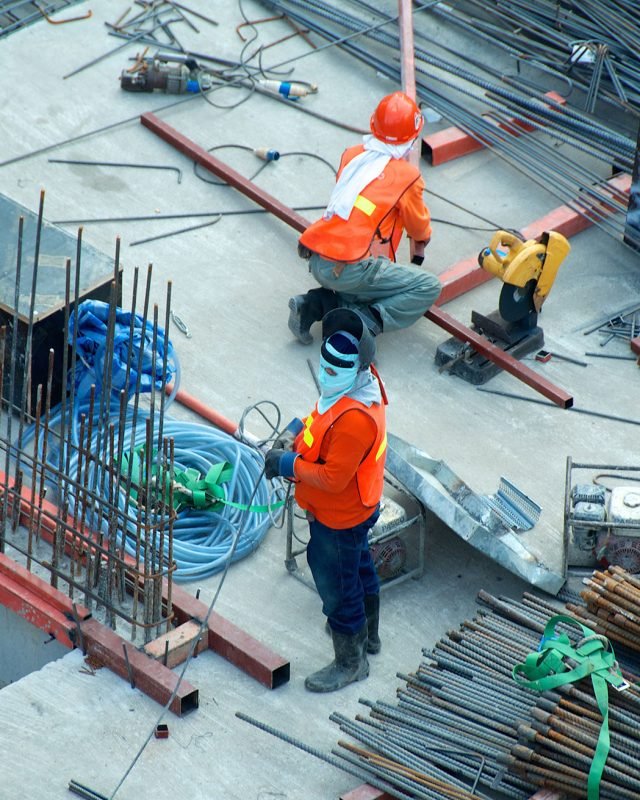Saudi Arabia’s ambitious Vision 2030 agenda envisions a modern, diversified, and sustainable economy. Central to this vision is the development of critical infrastructure, including transportation networks, utilities, and public services. One of the key mechanisms driving these infrastructure projects is Public-Private Partnerships (PPPs). In this article, we explore the role of PPPs in Saudi infrastructure development and their significance in realizing Vision 2030’s goals.
The Promise of Vision 2030:
Vision 2030 is a comprehensive roadmap aimed at transforming Saudi Arabia’s economy and society. It seeks to reduce the nation’s reliance on oil, promote economic diversification, and enhance the quality of life for its citizens. A critical component of this vision is the development of world-class infrastructure to support economic growth, improve connectivity, and provide essential services.
The Importance of Infrastructure:
Infrastructure development is fundamental to achieving Vision 2030’s objectives. It encompasses a wide range of projects, including:
- Transportation: Expanding and modernizing road networks, railways, ports, and airports.
- Utilities: Ensuring reliable access to water, electricity, and telecommunications.
- Housing: Providing affordable and sustainable housing options.
- Urban Development: Creating vibrant, livable cities with modern amenities.
The Role of PPPs:
To accelerate infrastructure development, Saudi Arabia has turned to PPPs as a key financing and project delivery mechanism. PPPs involve collaboration between the public sector (typically represented by a government agency) and private sector entities, often in the form of consortiums or special purpose companies. The roles and responsibilities of each party are defined in a legally binding agreement.
Advantages of PPPs:
PPPs offer several advantages in the context of Saudi Arabia’s infrastructure development:
- Funding: PPPs attract private sector investment, reducing the financial burden on the government.
- Efficiency: Private sector partners bring efficiency and innovation to project design, construction, and operation.
- Risk Sharing: Risks are shared between public and private sectors, encouraging careful risk assessment and management.
- Timely Delivery: PPPs often result in faster project completion, critical for Vision 2030’s tight timelines.
- Quality Standards: Private sector partners are incentivized to maintain high-quality standards throughout the project lifecycle.
- Life-Cycle Perspective: PPPs consider the entire life cycle of infrastructure assets, ensuring long-term sustainability.
Successful PPP Projects in Saudi Arabia:
Several notable PPP projects are contributing to Saudi Arabia’s infrastructure development:
- Riyadh Metro: The Riyadh Metro project is one of the largest urban transit systems globally, with a substantial private sector involvement.
- Jeddah Airport Expansion: The King Abdulaziz International Airport expansion project is being developed through a PPP, enhancing Jeddah’s status as a major gateway.
- Utilities Privatization: The privatization of water and wastewater services has attracted private sector expertise, improving service quality and efficiency.
Challenges and the Way Forward:
While PPPs offer numerous benefits, they are not without challenges. Legal and regulatory frameworks must be robust, and transparent procurement processes are crucial. Additionally, building local capacity and ensuring that PPPs align with Vision 2030’s goals are ongoing challenges.
Conclusion:
PPPs are pivotal in advancing Saudi Arabia’s infrastructure development agenda, a cornerstone of Vision 2030. These partnerships leverage private sector expertise and funding to deliver critical projects efficiently and to high standards. As Saudi Arabia continues to pursue its vision, PPPs will remain a key driver of infrastructure development, enabling the nation to build a modern, diversified, and sustainable economy.



